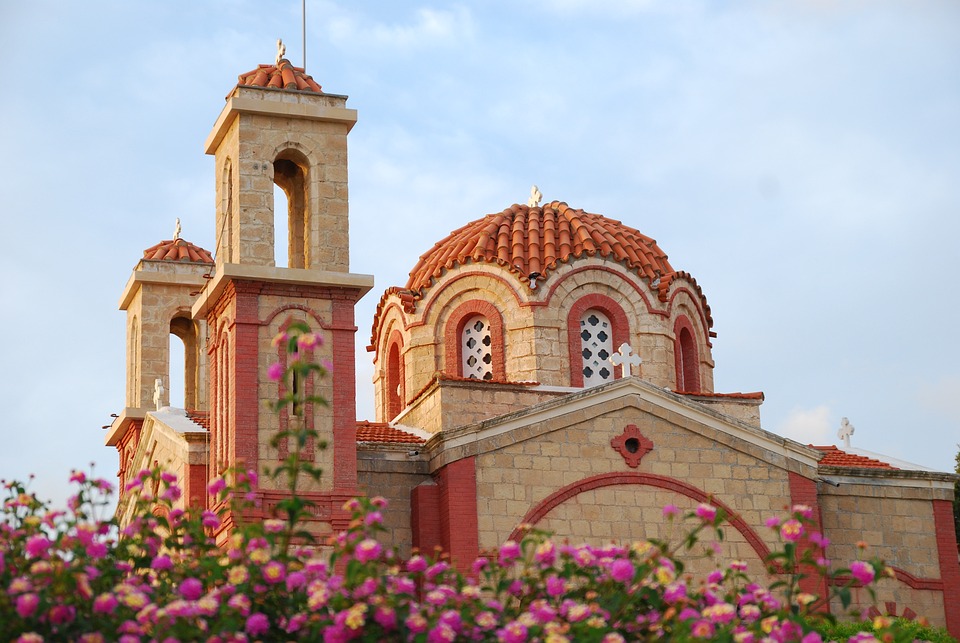The Influence of Culture and History on Architectural Landmarks
Architecture is a reflection of the culture and history of a society, and architectural landmarks are a testament to the creativity, values, and beliefs of the people who built them. From ancient pyramids to modern skyscrapers, each architectural landmark tells a story about the culture and history from which it emerged.
Ancient Architecture
Ancient architectural landmarks such as the Pyramids of Giza in Egypt, the Parthenon in Greece, and the Great Wall of China are powerful symbols of the civilizations that built them. These structures were not only feats of engineering and craftsmanship, but also representations of the values and beliefs of their societies.
For example, the Pyramids of Giza were built as tombs for the Pharaohs, reflecting the importance of the afterlife in ancient Egyptian culture. The Parthenon in Greece was a temple dedicated to the goddess Athena, showcasing the importance of religion and mythology in Greek society. And the Great Wall of China was constructed as a defensive fortification, highlighting the military prowess and unity of the Chinese civilization.
These architectural landmarks continue to capture the imagination of people around the world, serving as reminders of the rich cultural heritage of these ancient civilizations.
Medieval and Renaissance Architecture
During the medieval and Renaissance periods, architectural landmarks in Europe reflected the dominant religious and political ideologies of the time. Cathedrals such as Notre Dame in Paris and St. Peter’s Basilica in Vatican City were monumental expressions of faith, power, and wealth.
The Gothic architecture of cathedrals with their soaring spires and intricate stained glass windows conveyed a sense of spiritual majesty and awe. The Renaissance brought a revival of classical forms and proportions, as seen in buildings like the Palazzo Vecchio in Florence and St. Mark’s Basilica in Venice.
These architectural landmarks served as centers of cultural and political life, shaping the identity and aspirations of the societies in which they were built.
Modern Architecture
In the 20th and 21st centuries, architectural landmarks have continued to evolve, reflecting the changing values and priorities of contemporary societies. Skyscrapers such as the Empire State Building in New York City and the Burj Khalifa in Dubai symbolize progress, innovation, and economic power.
Contemporary architects like Frank Gehry, Zaha Hadid, and Bjarke Ingels have pushed the boundaries of design with their bold and unconventional creations. Buildings like the Guggenheim Museum in Bilbao and the CCTV Headquarters in Beijing have become iconic symbols of creativity and imagination.
Modern architectural landmarks not only serve as functional spaces but also as works of art that provoke thought, inspire creativity, and challenge conventions.
The Preservation of Architectural Landmarks
Preserving architectural landmarks is crucial for maintaining the cultural heritage and historical significance of these structures. From the efforts to restore the Acropolis in Athens to the conservation of the Angkor Wat temple complex in Cambodia, there are ongoing initiatives around the world to protect and safeguard these architectural treasures.
By protecting and preserving architectural landmarks, we can ensure that future generations will be able to appreciate and learn from these symbols of human creativity and ingenuity. Through conservation efforts and responsible stewardship, we can ensure that these architectural landmarks continue to inspire and enrich our lives for years to come.
In conclusion, architectural landmarks are not just structures made of bricks and mortar; they are living testaments to the culture and history of a society. By studying and appreciating these architectural wonders, we can gain a deeper understanding of the values, beliefs, and aspirations of the people who built them. From ancient pyramids to modern skyscrapers, each architectural landmark tells a unique story that resonates across time and space.
